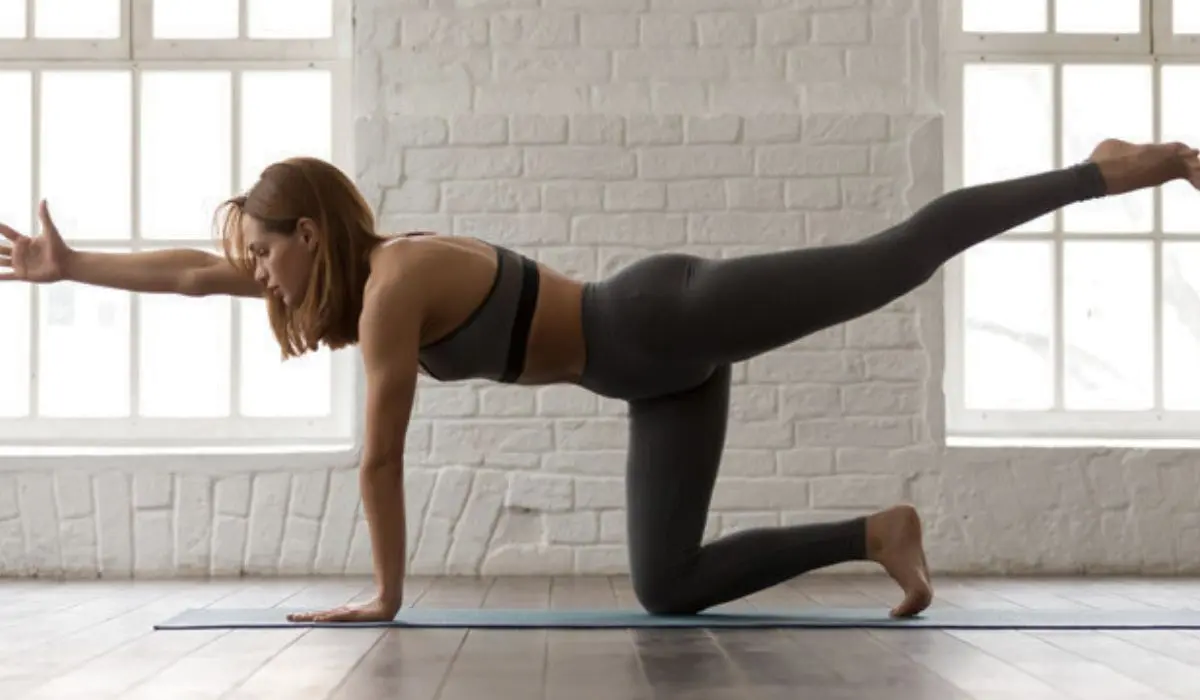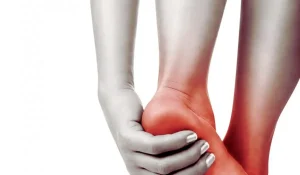Exercise plays a crucial role in the treatment of degenerative disc disease. Even though no specific activity is inappropriate for everyone, people should refrain from engaging in activities that hurt them.
Although it is impossible to create a list of appropriate and inappropriate exercises for people with degenerative disc disease, the suitable exercises depend on the location of the injured disk, a person’s total health, and their recovery plans.
Although there are no specific recommendations in the expert guidelines, some blogs and message forums provide lists of workouts that people with degenerative disc disease should avoid. Generally, it is wise to stay away from workouts that hurt and avoid engaging in high-impact exercises.
Exercises To Avoid With Degenerative Disc Disease
Exercise helps to maintain physical fitness, cardiovascular health, and a healthy weight. However, some health conditions, like degenerative disc disease, restrict some exercises as they may worsen the symptoms. Some of the avoidable exercises are:
🔅 High-Impact Activities
Exercises with high impact, such as jumping rope, plyometrics, and jumping jacks, can overstress joints and discs. Running can be particularly painful for the spine if it is not adequately padded. Consider low-impact substitutes such as elliptical exercise, swimming, or cycling.
🔅 Heavy Weightlifting

The mere fact that being overweight puts more strain on the spinal discs is one of the key reasons that obesity contributes to degenerative disc degeneration. The same issue is brought on by heavy lifting. Too much tension on the spine accelerates disc deterioration. Deadlifts carry extra risk. However, weight training with a trainer or physical therapist who can provide lower-weight, higher-repetition exercises that are safer for the spine can be great.
🔅 Excessive Twisting
Twisting motions of the spine, like Russian twists or rotating medicine ball tosses, can be particularly taxing on the discs and facet joints. For certain people, the golf swing’s twisting motion can be dangerous, especially if their swing mechanics are not optimal. The same applies to tennis. Seeking professional assistance and adjusting the swing can lower the risks when playing tennis and golf.
Exercises That Help Degenerative Disc Disease
One of the most crucial components of treatment for degenerative disc disease and ruptured discs is exercise. Degenerative disc disease: physical exercises help to retain body movements by preventing them from stiffening.
For most individuals, conservative treatment—a nonsurgical approach that involves physical therapy and exercise—produces favorable results. Exercise can help someone regain their range of motion, lessen pain, and avoid further injuries.
People in pain may move less or in ways that make up for their injuries. This may result in more pain and stiffness.
Nonetheless, this can be avoided with the appropriate activities. One should begin carefully and increase the length or frequency of their workouts over time. Some of the useful exercises are:
🔅 Walking
It helps in retaining and improving mobility. Avoiding sedentary behavior is essential to rehabilitation, and walking is an accessible, low-impact exercise that keeps individuals moving. A 2017 study said accelerating when walking is associated with better intervertebral disks.
🔅 Core-Stabilizing Exercises
Building core strength helps reduce the risk of injury as it avoids using back muscles. A 2021 study found that the symptoms of degenerative disc disease improved with the help of core strengthening exercises. Some of the core exercises include bird-dog, toe taps, and marching bridges.

🔅 Stretching
Exercises that include stretching regimens like Pilates and yoga may reduce pain and stop further loss of movement. Some stretching exercises are pelvic tilts, knee-chest stretches, and trunk rotation.
Treatment Options
- Psychotherapy: It helps to deal with the psychological challenges of living with pain. It will also reduce stress, tension, and pain.
- Injections: Short-term relief from pain can be achieved with an epidural injection.
- Medication: Pain and inflammation may be lessened by nonsteroidal anti-inflammatory medicines. A doctor might suggest additional painkillers to appropriate patients.
- Physical therapy: A physical therapist can offer rehabilitation that can gradually reduce pain and activity and exercise advice.
- Activity modifications: Changes in posture can help reduce pain. Therefore, the patient may have to change the posture of certain activities.
- Surgery: Surgery might be suggested if nonsurgical treatment is shown to be inadequate and the patient experiences severe discomfort. Total disc replacement and discectomy, which remove the damaged disc and fuse the vertebrae where the disc once was, are the primary surgical alternatives.
Conclusion
Degenerative disc disease can be painful and difficult to live with, and a person may find it difficult to engage in activities they used to like.
However, maintaining an active lifestyle is crucial for managing the illness. Individuals must be aware of how their bodies react to different activities and select those that suit them best. But until a doctor prescribes it, it is advised to proceed gradually and stay away from intense or high-impact exercise.
Depending on the lifestyle and general health of the patient, the physician and physical therapist will prescribe specific exercises to the patient. Doctors will suggest the best treatment option depending on the physical and mental condition of the patient.







